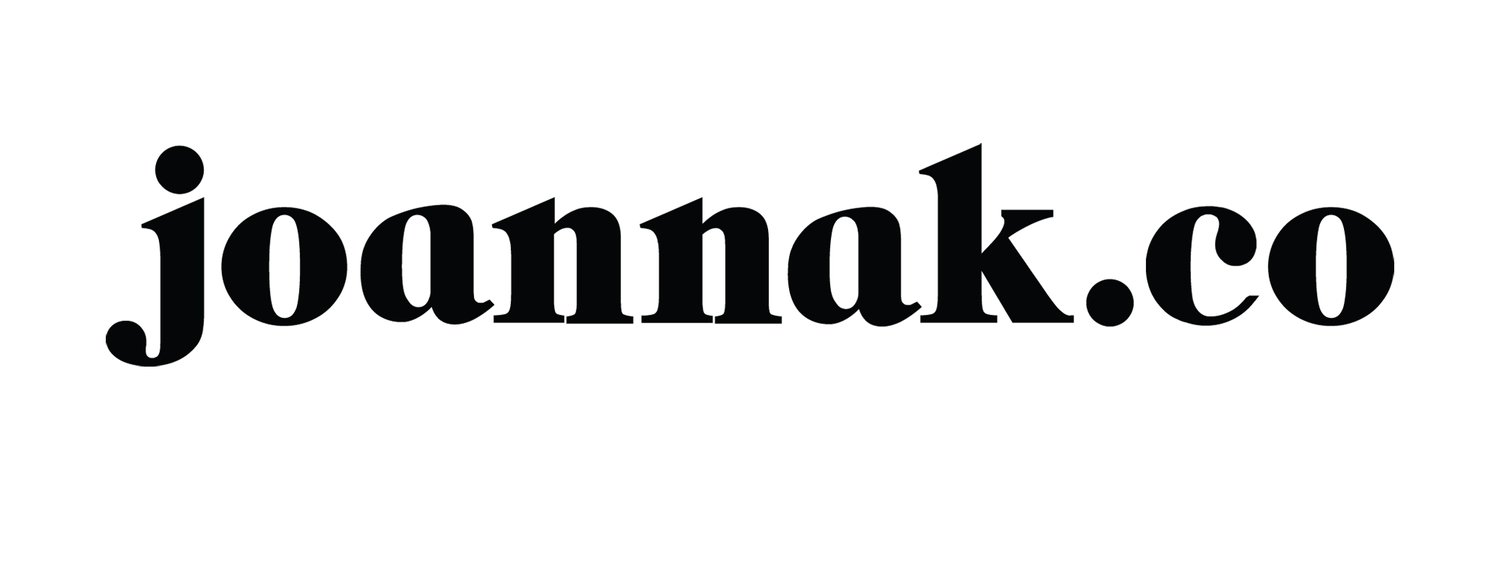Five things to avoid when designing a logo
When launching a business, most of us make a list of things we want to tick off the list before presenting it to the world. I bet nearly all those lists have "get a logo" in the top five. It’s an obvious choice, especially as a logo is synonymous with professionalism and a symbol of your commitment to the enterprise. Without a doubt, we can all recognise a great logo, but do we know what pitfalls to avoid when creating one?
In this article, I’m sharing a list of five things that can only be described as the cardinal sins of logo design.
1. Neglecting Target Audience Research
This one can be fatal. If your logo is purely the result of your personal preferences, it’s like talking to yourself about yourself and expecting others to relate. While personal taste plays a role, the real key is creating a design that resonates with your target audience. To do that, you need to understand them well.
2. Ignoring Colour Psychology
We all have a personal relationship with colours, and for good reason—they evoke emotions. If I had my way, every visual identity leaving my studio would feature dark ruby reds, deep aubergine purples, lush greens, and a touch of gold. The problem is that the colour scheme only suits a few industries and niches.
Take health or medical brands, for example. You’ll often see fresh mint greens, soft blues, and plenty of white, as they symbolise calm, purity, freshness, and healing. The right colour choices ensure your logo aligns with your brand’s message while also staying legible and not clashing with backgrounds.
3. Overcomplicating the Design
The devil is in the details, especially when there are too many of them. There’s a fine line between a logo and an illustration. A logo should only include elements that clearly reflect your brand and audience research. Adding extra flourishes often obscures the meaning and makes it look like you’re uncertain of the message you’re trying to send.
Your design should be simple, not just to look stylish but also to remain legible in any size or on any medium. So, please, for goodness' sake, leave the ornamental fonts, drop shadows, watercolour textures, and gradient tools alone!
4. Lack of Creativity
The "that’ll do" approach simply won’t cut it. Settling for a generic, ready-made mark from a stock page knowing hundreds of other businesses might use the same one, is a big no. Similarly, asking a language model to generate something will often result in a design that’s a blend of trends and clichés.
I get it; many of us start on a shoestring budget. If that’s the case, you’re better off using a clear, elegant font to create a simple wordmark. You will work your way to a bespoke logo.
5. No Testing
Testing your design is an invaluable tool that gives instant feedback, helping you identify and fix potential problems early. Put your logo through its paces by creating mockups: social media posts, dark and light backgrounds, letterheads, presentation slides, business cards, and even packaging.
Print it in different sizes to see how it looks in real life. Catch those pesky details now, or you might end up with a logo that’s awkwardly "almost there."


